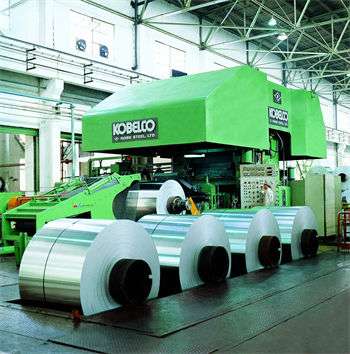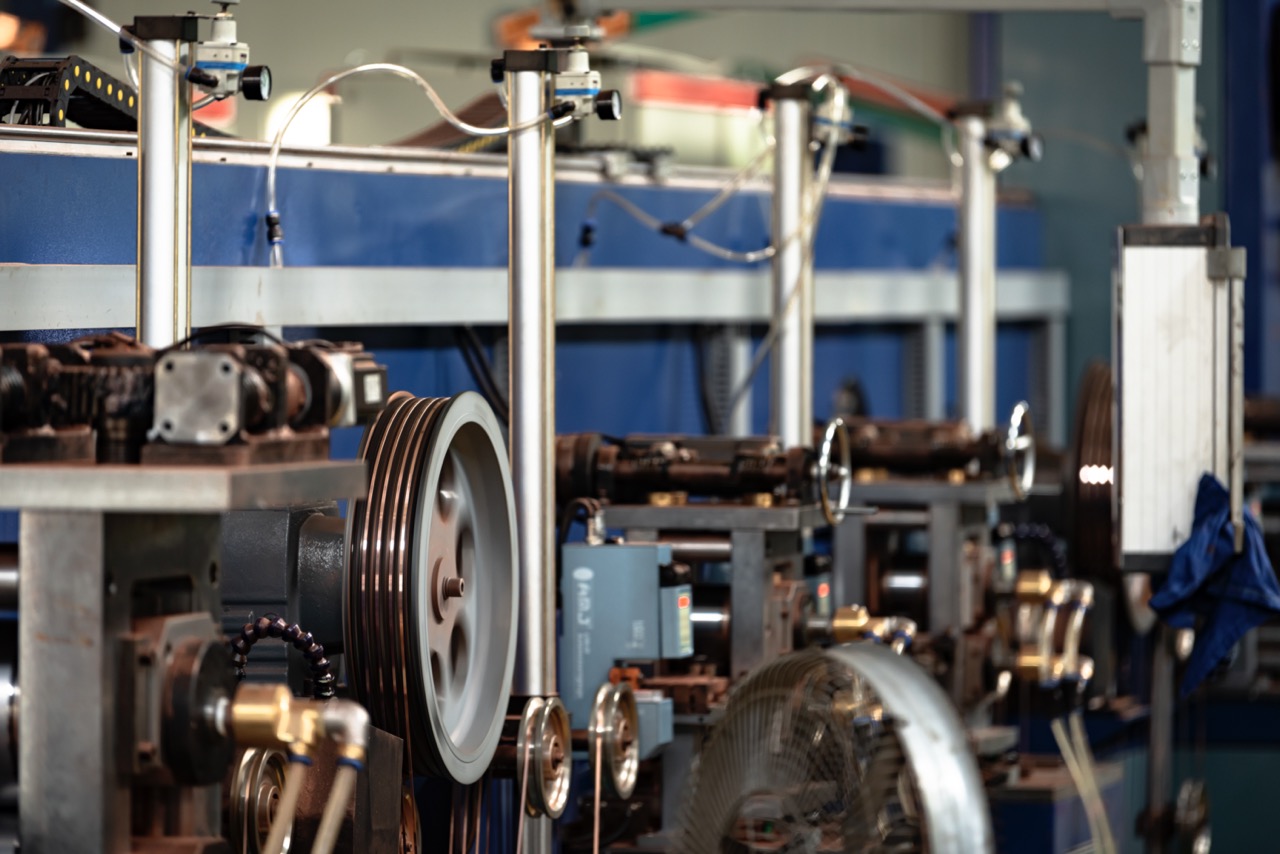When cutting aluminum foil, the selection and use of knives have an important impact on the quality and production efficiency of the foil. The following are the issues that need to be paid attention to when cutting aluminum foil:
1. Knife sharpness
- Keep it sharp:Aluminum foil is a soft metal material, and the knife must be kept sharp to ensure that there is no curling, burrs or creases when cutting. A blunt knife will increase cutting resistance and easily cause deformation or irregular cuts of the aluminum foil.
- Regular replacement: After a period of use, the knife will become dull and need to be replaced or re-sharpened regularly to avoid a decrease in cutting quality.
2. Tool material
- High hardness material: Choosing tool materials with high hardness and wear resistance, such as carbide inserts or high speed steel (HSS), can increase the service life of the tool and reduce wear.
- Corrosion resistance:Aluminum foil is easy to oxidize. If the tool material is not corrosion-resistant, it may react during the cutting process, resulting in uneven cuts or damage to the tool.
3. Tool shape and design
- Suitable cutting shapes for aluminum foil:The design of the cutter should take into account the thin and soft characteristics of aluminum foil. Flat or beveled edge cutters are often used to cut aluminum foil to ensure that the cut surface is flat and does not produce unnecessary indentations.
- Suitable angle: The cutting angle of the tool needs to be moderate. Too large an angle may cause the aluminum foil to deform, while too small an angle may cause cutting difficulties and irregular cutting effects.
4. Tool adjustment and installation
- Correct Installation: The cutter needs to be properly installed in the device, ensuring smooth and even contact between the blade and the foil. If the cutter is not installed securely, it will cause uneven cutting or tearing of the foil.
- Tool position adjustment: When cutting aluminum foil, the cutting position of the tool needs to be precisely adjusted to ensure that each cut is at the predetermined position to avoid waste or misalignment.

5. Pressure control
- Moderate cutting pressure: The pressure applied by the tool needs to be controlled within an appropriate range. Excessive pressure will cause the aluminum foil to deform, scratch or break; too little pressure may result in incomplete cutting and irregular incisions.
- Uniform pressure: Make sure that the pressure of the tool is evenly distributed during the cutting process, and there should not be too much concentrated pressure to avoid deformation or creases of the aluminum foil.
6. Knife cleaning and maintenance
- Clean your knives regularly: Some tiny metal chips or oil stains may accumulate on the surface of the aluminum foil, which will affect the cutting quality and the sharpness of the tool. Therefore, the tool should be cleaned regularly during use to remove debris attached to the surface.
- Prevent impurities from accumulating on the cutting tool: Keep the tool clean and tidy to avoid contamination of the tool by grease, dust and other substances. These impurities may affect the cutting effect and accelerate tool wear.
7. Tool temperature control
- Avoid overheating: When cutting aluminum foil, the tool may generate a certain amount of heat. Long-term high-temperature use may cause tool failure or aluminum foil deformation. Make sure the tool cooling system is effective, or use intermittent cutting methods to avoid overheating.
- Lubrication and cooling: Proper lubricant or coolant can reduce the temperature of the tool and reduce friction, thereby maintaining the sharpness of the tool and extending its service life.
8. Cutting equipment selection
- Supporting Equipment:It is very important that the tool and cutting equipment cooperate. The speed and control system of the equipment should be able to adapt to the characteristics of aluminum foil to avoid excessive load on the tool due to too fast or too slow speed.
- Equipment stability:Ensure the stable operation of the cutting equipment and avoid vibration or uneven pressure distribution affecting the cutting quality.
9. Tool storage
- Store your knives properly: When the tool is not in use, it should be stored in a dry, dust-free environment to avoid oxidation or corrosion of the tool surface. Using anti-rust oil or protective layer is also a good way to maintain the condition of the tool.
In summary, when cutting aluminum foil, keeping the knife sharp, choosing the right knife material and shape, controlling the cutting pressure and speed, and regularly cleaning and maintaining the knife are all key factors to ensure cutting quality and extend the service life of the knife. In the production and processing of aluminum foil, good knife management can effectively improve product accuracy and production efficiency.
